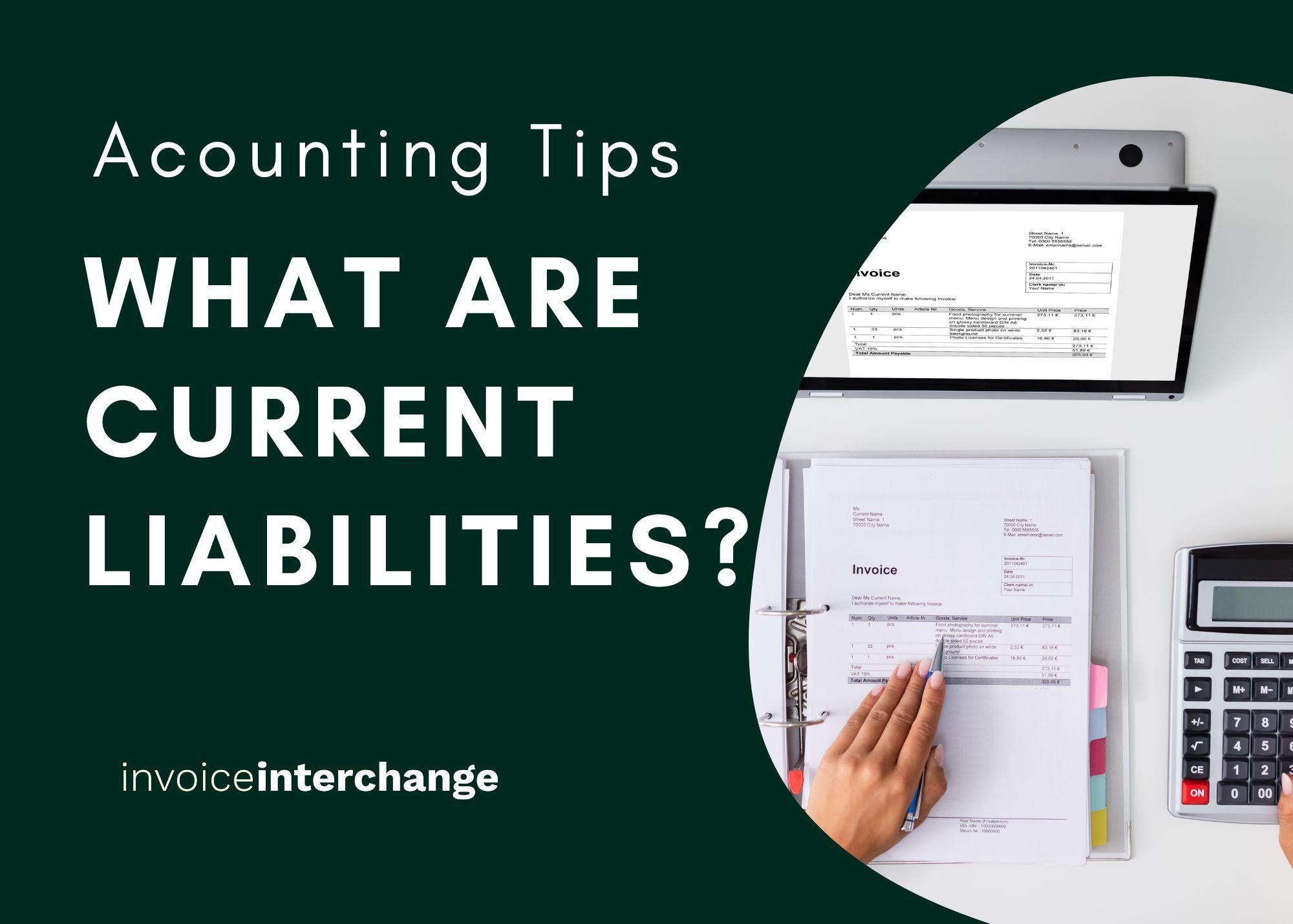
Accounting Tips – What are Current Liabilities?
Current liabilities are a company’s debts or obligations that are due within 1 calendar year of operation. Such short-term liabilities are settled using a current asset(cash) or by creating a new current liability. Current liabilities are closely watched, as a business must always have sufficient liquidity to pay off its debts when due. The remaining liabilities that are not due in over a year’s time are reported as non-current liabilities. These long-term liabilities are presented in the balance sheet below current liabilities.
Importance of current liabilities
The parties who are owed the current liabilities are referred to as creditors. If the creditors have a lien on the company’s assets, they are known as secured creditors. On the contrary, creditors without a lien are referred to as unsecured creditors.
The amount of current liabilities acts as a key component of a company’s short-term liquidity and working capital. A higher ratio denotes a greater amount of liquidity and therefore an enhanced capability for a business to meet its short-term obligations. On the other hand, a lower ratio means the company may not be using its short-term financing facilities efficiently; which could also indicate problems in working capital management.
Analysts often use the current ratio or the quick ratio, to determine whether a company can pay off its short term obligations.


Components
On the balance sheet, current liabilities are typically presented as follows: the principal portion of notes payable due within 1 year, accounts payable, accrued expenses and subsequently other current liabilities, such as income taxes payable and interest payable.
Short term/ current long-term debt
Current liabilities can sometimes refer as notes payable. They represent the payments on a company’s loans and other borrowings that are due within 1 fiscal year.
The value of short term debts reflects very much of a company’s performance. When higher than cash and cash equivalents, it could suggest that the company may be in poor financial health and does not have sufficient cash to pay off short-term debts.
Accounts payable/ Trade payable
Accounts payable arises when a company receives a product or service in advance of making payment for it. It keeps track of credit that lenders have extended to the company, and must be paid off timely within the credit terms. Failing which, credit worthiness and the buyer-supplier relation may be threatened.
Accounts payable creates buffer time for a company to make debt payments, in order to continue satisfying its daily working capital needs. The primary reason that an accounts payable increase is due to the purchase of inventory. Inventory can be purchased in two ways – either payment through cash or an accounts payable method, depending on the contractual terms with the suppliers.
Often, how much credit a company gets depends on the credit facility assessment that was done on them. A generally high-risk company will obtain shorter credit terms or none; in view that it has greater exposure to default risk.
Accrued expenses
Accrued expenses arise when companies transact with each other on credit. They are expenses that have occurred but not yet paid to a third party.
Since these expenses are not yet recorded in the general ledger, they will not appear on the financial statements.
Other current liabilities
These are a catch-all basket to account for several liabilities that are too minor to report as a specific line item on a company’s balance. To keep a balance from taking too many lines, they can be grouped in the other separate current liability entry.
Conclusion
Current liabilities closely affect the working capital which served the role as backbone of businesses. Without enough working capital, a company can lose the flexibility and credibility with its customers.
With invoice financing, businesses can sell invoices to a factoring company as soon as the bills arrive. Hence, the transaction ultimately provides immediate funds that can be used for payroll, inventory or debt repayment.
Related articles
What does a strong balance sheet look like?
Related Articles

Mastering Cash Flow Management: Strategies for Seasonal Fluctuations

The Working Capital Challenge: How Long Credit Terms Could Be Holding Your Business Back
